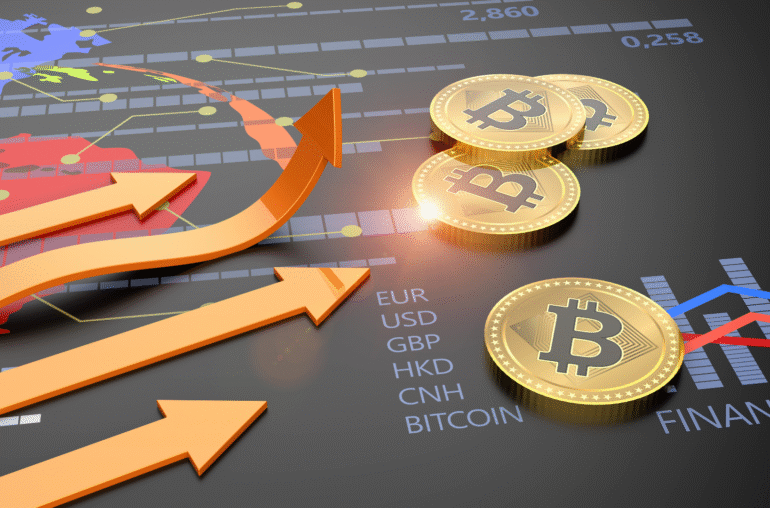Introduction
Bitcoin mining is entering a new phase in July 2025, with institutional capital returning and operational dynamics shifting. This post explores the evolving economics, regulatory landscape, and growth opportunities in Bitcoin mining.
Industry Snapshot – July 2025
-
Bitcoin’s post‑-April 2024 halving reduced block rewards from 6.25 BTC to 3.125 BTC, tightening miner margins New York PostTrustStrategyECOS Crypto Platform+3Cointelegraph+3CoinDesk+3.
-
Network hashrate reached ~831–921 EH/s by May 2025—highlighting fierce competition Cointelegraph.
-
Institutional investors are returning in force, financing expansions and data‑center infrastructure globally .
Technical & Economic Drivers
-
Latest ASIC tech: Models like Bitmain’s Antminer S21+ and MicroBT’s M66S+ improve energy efficiency (≈16–17 J/TH) WIRED+4Cointelegraph+4Reuters+4.
-
Hashprice decline: Daily revenue per TH dropped from $0.12 in April 2024 to ~$0.049 by April 2025 Cointelegraph.
-
Energy cost gap: Miners in regions like Oman ($0.05–0.07/kWh) or UAE ($0.035–0.045/kWh) maintain profitability, unlike higher-cost U.S. operations (> $0.10/kWh) Cointelegraph.
Fundamental & Regulatory Context
-
U.S. hardware producers are localizing production (Bitmain, Canaan, MicroBT) to bypass tariffs and reduce dependency Wikipedia+11Reuters+11Cointelegraph+11.
-
New U.S. legislation passed in July 2025 aims to clarify cryptocurrency rules—boosting confidence among institutional miners Wikipedia+3Axios+3WIRED+3.
SWOT Analysis
-
Strengths: High institutional backing, advanced ASIC efficiency, emerging energy arbitrage regions.
-
Weaknesses: Lower block rewards, high competition, rising hardware costs.
-
Opportunities: Hashrate derivatives (forward contracts), energy-efficient edge computing (AI, HPC) CointelegraphCoinDesk.
-
Threats: Regulatory complexity, hardware supply disruptions, increasing e‑waste scrutiny .
Outlook for Miners
-
Miners strategically based in low-cost power zones can survive comfortably.
-
Where electricity > $0.10/kWh, profitability is under pressure unless offset by efficiency or hedging instruments.
-
Adoption of hashrate forward markets and diversification into AI workloads is gaining traction Simply Mine Website+2Cointelegraph+2Wikipedia+2CoinSphereCoinDesk.
Conclusion & CTA
Bitcoin mining is stabilizing after halving-induced corrections, with renewals of capital and tech innovation marking a new growth phase. If you’re planning a mining operation or investing in mining equities, now is the time to act strategically.




